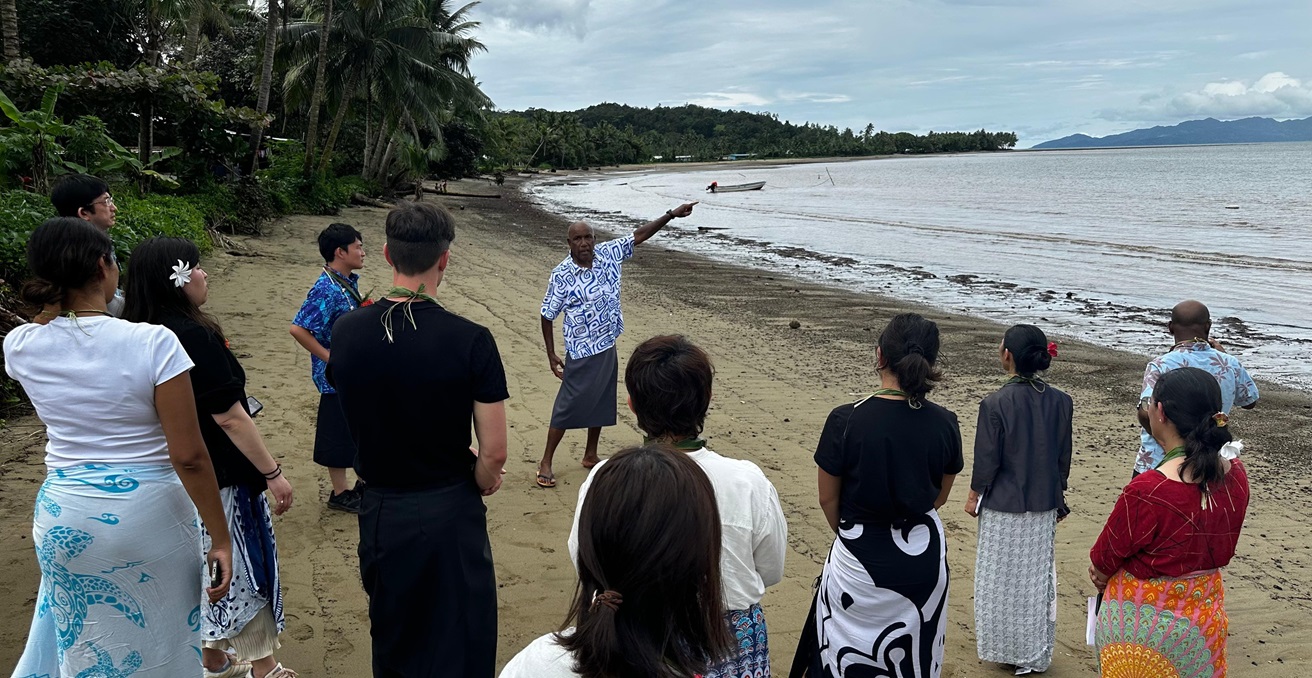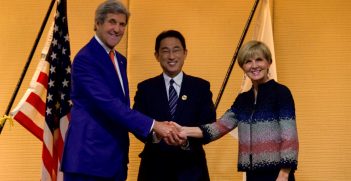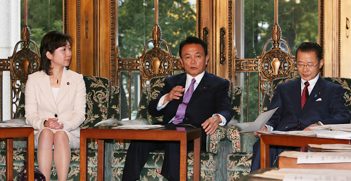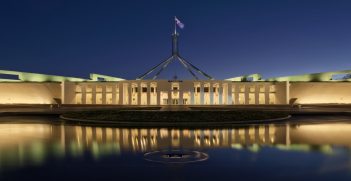Disaster Resilience: An Enduring Public Conversation

The media and the public’s role in disaster resilience must be transformed. Insights from Japan, Fiji, and Tonga illustrate that we can derive important lessons from our friends and neighbours.
Recently the Director of National Intelligence released the US Threat Assessment for 2024, showing that we live in an insecure world; geopolitically, environmentally, and at home. Conflicts in the Middle East and Ukraine show no sign of abating and could widen or intensify in 2024. Domestically, the threat of terrorism remains high.
China’s decision to allow the COVID-19 virus to spread from Wuhan to the rest of the world exposed how vulnerable our personal health and health systems remain to foreign malpractice.
And, globally the costs of climate change and inaction are mounting. Quoting the US Threat Assessment, it predicts that El Nino weather patterns alone will result in the loss of US$3 trillion in GDP by the end of this decade. That’s just six years.
Climate change will lead to a scarcity of resources, displacement of people, and more extreme weather events. These events are already being felt; in London where summer temperatures exceeded 40 degrees Celsius and in Australia where bushfires and floods seem to be on a permanent loop.
These threats are all interconnected, and all will require a heightened understanding of the risks of disaster and shocks and preparedness. And the time to start a discussion about improving our resilience is now. Countries in Europe and Australia are already playing catch-up. Last year the UK government tested sending everyone emergency text messages. But how many would know what to do if that message were for real?
My belief is not many. And this could cost lives. As one Australian official who lived through the Tongan tsunami told us, “When a crisis hits, your brain doesn’t work. You can’t be working it out at that point.”
As this suggests, governments, in conjunction with the media need to open national conversations with the community about preparing for the particular disasters they are at risk of facing.
In Japan we saw how earthquake drills were an everyday part of life for school children. Japan’s experience shows us that these routines save lives.
Governments must make resilience a national priority either by an existing minister or a dedicated appointee. Part of their job should be implementing disaster preparedness at school, civic and media level.
The government cannot be our rescuer, responder, and insurance policy all at once. But it must set the agenda, lead the conversation, and fund programs to expand disaster resilience plans. And it must be made clear by both the government and the media that survival will ultimately be determined by an individual’s ability to recognise danger and act accordingly.
In Japan, the official messaging runs in this order: “self-help,” “mutual help,” then “public help.”
A primacy needs to be placed on critical thinking as part of this training. The best example of this was the tragic case at Okawa Elementary School which was hit by a tsunami in 2011. The students were kept in the schoolyard instead of evacuating up the nearby hill and 74 schoolchildren and 10 teachers died or went missing.
Next, community is key.
in Tonga, the closely-knit island community looked after each other during the tsunami. An Australian official recounted how this extended to strangers and how when they drove their cars through the hailing pumice stone and ash the Tongans stood on the side of the road throwing water over the windscreens of cars so the wipers would work.
This community-led reaction is one of the many reasons attributed to the fact that so few lives were lost in the Tongan tsunami.
During our visit to Fiji a British business owner who had lived in Nadi for two decades told me how during that week’s flash floods, the locals stood on the road to mark for drivers the deepest, and most dangerous parts of the roads covered in water.
Applying an island, family-orientated way of life to disaster response will be difficult for cities, particularly in Australia.
When disaster strikes, my profession is key. As demonstrated throughout our experiences withCovid, floods, and bushfires the media will automatically swing into gear with live broadcasts of press conferences by political leaders and emergency responders. Live blogs will dominate news sites, and more often than not, news will be absorbed from social media where authorities will also connect with the public directly.
From our visits to Japan, Tonga, and Fiji and the Australian National Emergency Management Authority (NEMA) in Canberra, there are ways I believe coverage could be improved.
Firstly, it would benefit NEMA, a relatively new agency, to embed some journalists to simulate exercises, if not just for the first few days of a rolling disaster.
This would give journalists insight into how the Australian states and federal agencies are coordinating (or not), as well as the role of the business sector in responding to the effects of disaster like delivering food or essential medicines shortages or coping with an outage in mobile networks.
The media itself needs to get serious about the way it thinks about and reports on disasters. It should press governments for community preparedness plans, and platform foreign voices, particularly from Japan, about what Europe and Australia could learn from the way it has handled disasters.
On a visit to NHK World’s studios, Tokyo, we watched their teams rehearse breaking news of an earthquake and warning of a possible tsunami. These practice drills are carried out every week. At NHK’s terrestrial channel, presenters and producers run through the emergency broadcasting procedures every day.
If the media is to be trusted to lead a national conversation about resilience it, too, needs to think about disaster coverage as a permanent and always-evolving round.
This should involve building upon the training for journalists (such as those that already exist around bushfire and hostility courses), and assigning specially dedicated reporters to cover disasters.
This is something many Japanese newsrooms do. These reporters don’t just turn up to document the carnage, but follow through the subsequent issues of trauma, recovery, insurance, rebuilding sustainably, providing a constructive platform to discuss lessons learned, and, if appropriate, considering leading a debate on how to preserve memory and pass on lessons learned.
Finally, the media has a role to play in discussing relocation. In all the countries we visited this was one of the most sensitive topics that arises after disasters.
Minamisanriku town, Miyagi Prefecture, Japan, has never been rebuilt after the 2011 tsunami. Nor have the resorts that sustained livelihoods in Western Tonga.
Sometimes these decisions will be inevitable. Other times, communities may resist leaving.
All of us were touched by our visit to the village of Galoa between Suva and Nadi, Fiji. 68-year-old Setariki Alusio told us how the shoreline had come in by around 30 metres just in his lifetime.
He has lobbied various Fijian governments four times as well as asked the Asian Development Bank for the US$100,000 or so that would be required to build a sea wall. But they are below sea level and no funding has been granted.
Given the volatile and unstable world we face, the media must adapt to the challenges threats pose. And could do so by bringing a structure to the way it reports disaster.
What has been made abundantly clear in every jurisdiction that we visited is that if we want to save lives, we have no time to wait.
This article has been adapted with the permission of the author from a longer article which can be found here.
Latika M Bourke is a journalist & author in London, covering geopolitics, Australian & British politics. She has appeared on the BBC, Monocle, Politics Home, UnHerd and more. Formerly of The Sydney Morning Herald & The Age, ABC, 2UE Radio.
This article is published under a Creative Commons Licence and may be republished with attribution.





